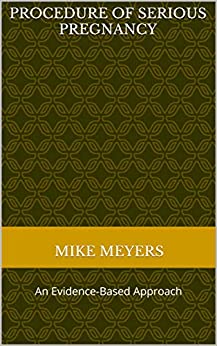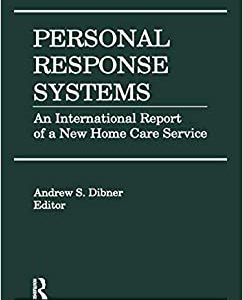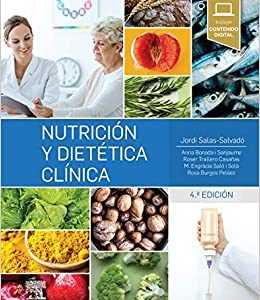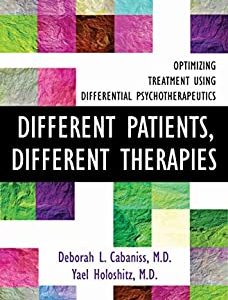age younger than 15 years and older than 35 years
pre-pregnancy weight under 100 lbs (45 kg) or obesity
height under 5 ft (1.5 m)
incompetent cervix
uterine malformations
small pelvis
being a single woman
being a smoker
using illicit drugs
having no access to early prenatal care
using alcohol
having low socioeconomic status
For women who do not have health insurance, obtaining early prenatal care is extremely difficult, and these same women are often from a socioeconomic level that prevents adequate or appropriate nutritional intake. There is a scoring system that can be used by healthcare professionals to determine the degree of risk for a pregnant woman, but it is difficult to rate risk by degrees. Nevertheless, identification of a high-risk pregnancy helps to ensure that those women who need the most care receive it.
One of the initial factors to consider when evaluating risk is the obstetrical history. If this is not the woman’s first pregnancy, outcomes of her previous pregnancies are of importance in relation to the outcome of this one. An obstetrical history with any of the following conditions would be considered high risk:
previous stillbirth
previous neonatal death
previous premature infant
previous post-term (over 42 weeks) pregnancy
fetal blood transfusion for hemolytic disease
repeated miscarriages
previous infant over 10 lbs (4.5 kg)
six or more completed pregnancies
history of preeclampsia
history of eclampsia
previous cesarean section
history of a fetus with anomalies
Next to be considered is the medical history factor. A pregnant woman with any of the following medical conditions would be considered at risk:
abnormal PAP test
chronic hypertension
heart disease (class II-IV, symptomatic)
insulin-dependent diabetes
moderate to severe kidney disease
endocrine gland removal or ablation by autoimmune disease
sickle cell disease
epilepsy
history of tuberculosis
positive serology for syphilis
pulmonary disease
thyroid disease
family history of diabetes
HIV
other chronic diseases
autoimmune diseases, such as lupus
Current pregnancy risk factors would be considered as follows:
Most women will see one healthcare provider during pregnancy, either an obstetrician, a midwife, or a nurse practitioner. Women who have a medical problem may need to see a medical specialist as well. Women diagnosed with a high-risk pregnancy should seek the care of an expert in the field of high-risk obstetrics, called a perinatologist. Perinatologists have additional training beyond the education required for an obstetrician. They care for women who have pre-existing medical problems, women who develop complications during pregnancy, and women whose fetus has problems.











